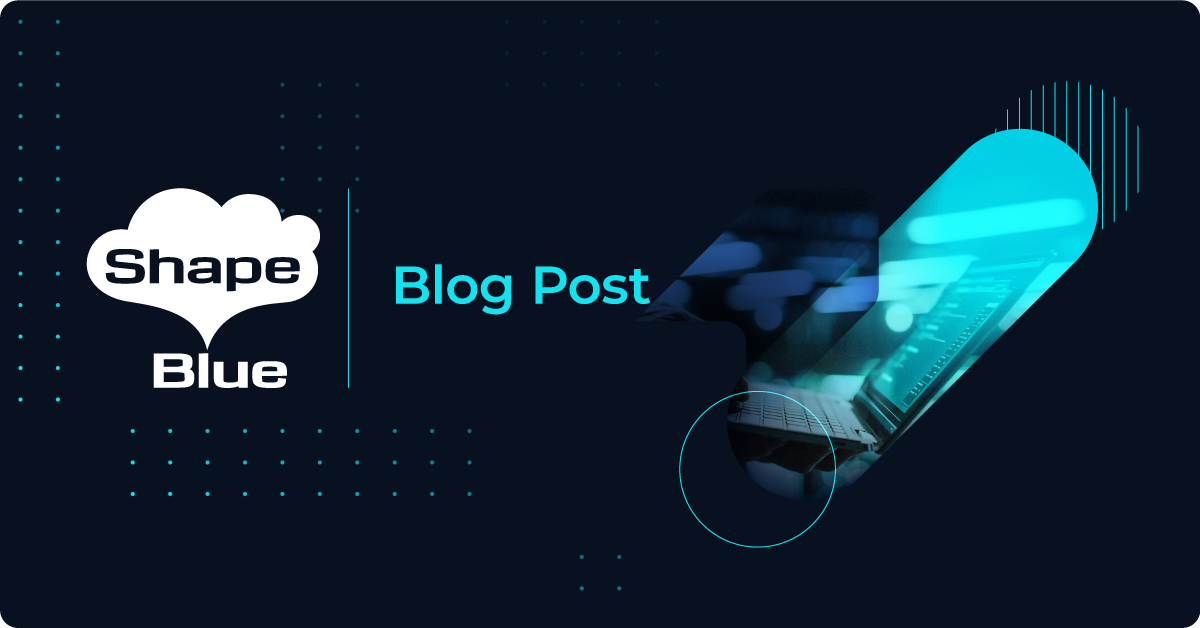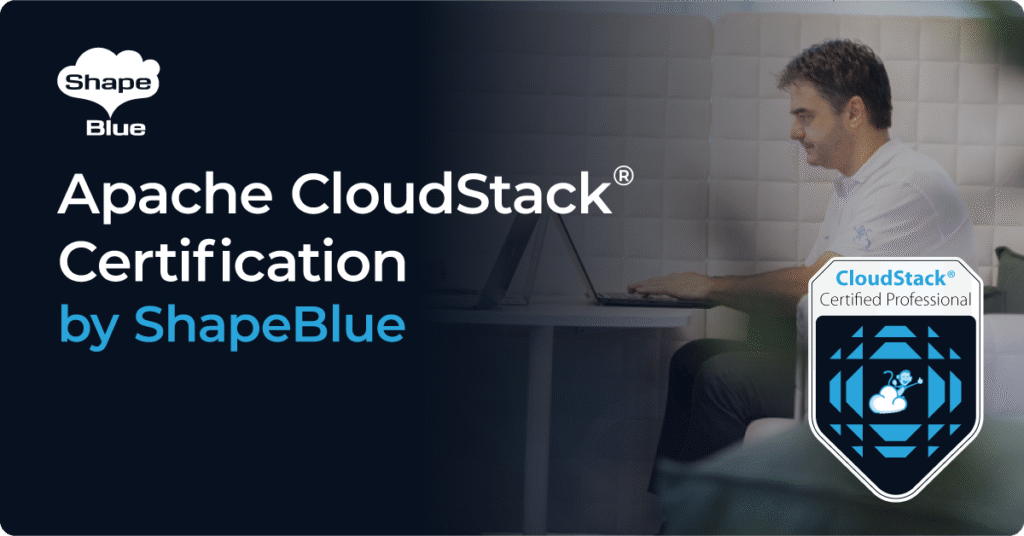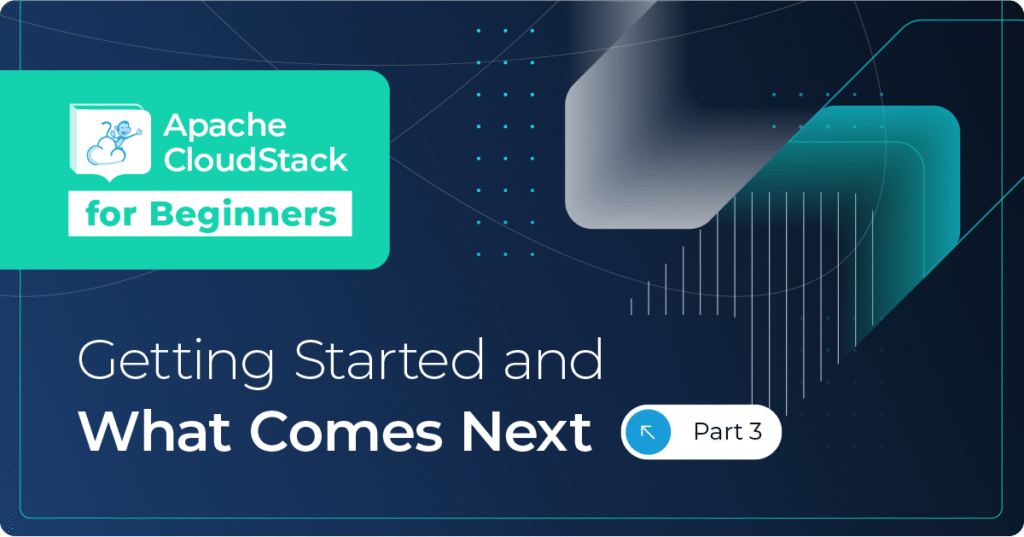 There was a definite feel of Christmas in the air in London as we made our way to last Thursday’s (December 13) winter meetup of the Cloudstack European User Group (CSEUG), and that only increased as we arrived at the BT Centre near St. Paul’s and saw the big Christmas tree in reception!
There was a definite feel of Christmas in the air in London as we made our way to last Thursday’s (December 13) winter meetup of the Cloudstack European User Group (CSEUG), and that only increased as we arrived at the BT Centre near St. Paul’s and saw the big Christmas tree in reception!
A great turnout for this, the last meetup of 2018, and a great representation of the CloudStack community in Europe with people travelling from Germany, Serbia, Glasgow, Switzerland and Latvia to name but a few. After a quick lunch we took our seats, and Giles Sirett (chairman of the user group) welcomed everyone and got the event started with introductions and CloudStack news.
Firstly, Giles spoke about software updates and new releases. CloudStack 4.11 is an LTS (long term support) release and included more than 250 new capabilities and a big step towards zero downtime upgrades, 4.11.2 has just been released (including 71 fixes), 4.11.3 is coming soon and 4.12 is in planning. Giles then mentioned CloudStack events starting with the recent CloudStack Collaboration Conference in September (Montreal), and events for 2019 – the next CSEUG in March (London), and the next Collaboration Conference in September (Las Vegas). During Giles’ presentation, Maurice Nettisheim (Head of Cloud Compute for BT) took to the stage to say a few words about BT’s ongoing use of CloudStack in their IaaS platform and their continued support and involvement in the CloudStack community.
Giles slides contain much more information:
After Giles, Paul Angus gave us an update on ShapeBlue’s CloudStack Container Service (CCS), giving us a walkthrough of the recently released update.This update brings CCS bang up-to-date by running the latest version of Kubernetes (v1.11.3) on the latest version of Container Linux. CCS also now makes use of CloudStack’s new CA framework to automatically secure the Kubernetes environments it creates. Paul’s talks and slides are always packed with detail:
Olivier Lambert of XCP-ng & Xen Orchestra took the floor next to tell us about the current state of the project. For those that are not familiar, XCP-ng is an opensource, community powered hypervisor based on Xen. It is easy to upgrade from XenServer (keeping all VMs, settings etc.), 100% API compatible, requires no license and has no feature restrictions.
Please take a look through Olivier’s slides for much more on this fascinating subject:
After a short break, we welcomed Ingo Jochim and Andre Walter (itelligence) with their talk entitled ‘How our cloud works’. They talked through full automation with Ansible for all infrastructure components of the cloud with CloudStack, check_mk, LDAP and more, with all functionality available through a customer portal, also covering how the setup is fully scalable for larger landscapes.
Ingo and Andre’s slides right here:
Next up was Adam Dagnall (Cloudian) with ‘Advanced S3 compatible storage integration in CloudStack’. To provide tighter integration between the S3 compatible object store and CloudStack, Cloudian has developed a connector to allow users and their applications to utilize the object store directly from within the CloudStack platform in a single sign-on manner with self-service provisioning. Additionally, CloudStack templates and snapshots are centrally stored within the object store and managed through the CloudStack service. The object store offers protection of these templates and snapshots across data centres using replication or erasure coding. Adam went into the feature-set in great detail, and his slides provide much more information:
Last talk of the day, and the honours fell to Andrija Panic (Hiag Data) with ‘CloudStack – 5 years in production’. Andrija shared real world experience of designing, deploying and managing a CloudStack public cloud, explaining how high availability for the CloudStack management components was implemented and discussing different storage technologies and networking models used, as well as the challenges faced. Andrija also presented alternate methods for deploying CloudStack as regards to regions / zones / pods, and also touched on physical networking, finally looking at the different CloudStack guest networking models available (from Basic Zone / Shared Networks to all the Advanced Zone’s networking models) and when to use each of them.
Andrija went into a lot of detail and I encourage you to look through his slides:
After Andrija had finished answering questions, Giles wrapped things up and we moved to a local pub, where I am pleased to say that conversation and collaboration continued into the night, with what rapidly became the unofficial ‘CloudStack Christmas Party’! Huge thanks to BT for providing a first-rate venue and lunch, and to all our speakers, who make these events so interesting and such a success.
The next CloudStack User Group meetup will be on Thursday, March 14, and will be hosted by our friends at Ticketmaster here in London. Please register here!
All the talks were recorded and will be made available shortly on the ShapeBlue YouTube channel.
Steve is ShapeBlue’s COO and is responsible for all day-to-day administrative and operational functions of the business, including the consulting, programme management, and support functions.
Involved with CloudStack since 2012, Steve has led several large customer engagements including a number of major public and private cloud deployments; co-ordinated and developed worldwide teams and helped implement and deliver an enterprise grade support product.
Prior to ShapeBlue, Steve held senior technical, project and account management roles in enterprise IT outsourcing companies where he gained domain experience in the finance, professional services and defence markets.
Away from work, Steve is a father, keen guitarist, snowboarder and singer (not necessarily in that order).
Away from work, Steve is a music lover and semi-professional musician. Although he doesn’t speak at many technology conferences, he can sometimes be heard providing the evening entertainment.





